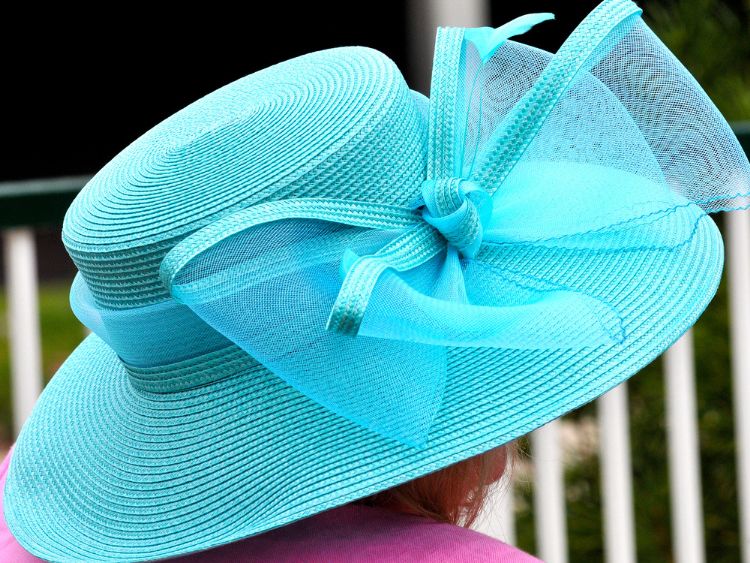Unpacking Fast Fashion
Fast fashion—what a whirlwind of a term, right? It’s everywhere. From the clothes you snagged last weekend on a whim to that Instagram influencer’s newest haul, fast fashion has taken the retail world by storm. But what is fast fashion, and why does it matter? Let’s dig into this buzzword that’s reshaping how we buy, wear, and think about clothing.
What Is Fast Fashion?
In a nutshell, fast fashion refers to clothing that’s produced quickly, sold cheaply, and designed to tap into the latest trends. Retail giants like Zara, H&M, and Shein churn out collections at lightning speed, often introducing new items weekly—or even daily! But here’s the kicker: these clothes aren’t made to last.
Fast fashion thrives on instant gratification. You see a trend on TikTok or the runway, and bam—it’s in stores before you can blink. However, there’s more to this phenomenon than meets the eye. Let’s break it down.
The Appeal of Fast Fashion
Why are we so hooked on fast fashion? There’s no denying its allure.
1. Affordable Prices
- Let’s face it: everyone loves a bargain. Fast fashion makes trendy clothing accessible to people who don’t have designer budgets.
2. Constantly Updated Styles
- Blink and you’ll miss the next trend. Fast fashion keeps customers coming back with its endless stream of new arrivals.
3. Convenience
- Online shopping platforms have made it ridiculously easy to scroll, click, and wear. Instant fashion at your fingertips? Yes, please.
The Dark Side of Fast Fashion
Here’s where things get murky. While fast fashion offers convenience and affordability, it’s not without its flaws. In fact, it’s riddled with controversies that demand a closer look.
1. Environmental Impact
Fast fashion is notorious for being one of the biggest polluters on the planet. Consider these alarming stats:
- The fashion industry contributes 10% of global carbon emissions.
- It uses 93 billion cubic meters of water annually—enough to meet the needs of five million people.
- Textile waste is off the charts. Many garments end up in landfills within a year of production.
2. Questionable Labor Practices
Fast fashion isn’t just fast—it’s cheap. To keep costs low, many brands outsource production to countries with poor labor laws. Workers are often underpaid, overworked, and exposed to unsafe conditions. Who’s really paying the price for that $5 t-shirt?
3. Quality Issues
Cheap and fast don’t always mean good. Fast fashion garments are infamous for falling apart after a few washes. While they may be trendy, their lifespan is short-lived.
The History of Fast Fashion
How did we get here? Believe it or not, fast fashion has roots that stretch back decades.
- Post-War Era: The rise of mass production in the 1950s made clothing cheaper and more accessible.
- 1980s: Brands like Zara pioneered the fast-fashion model, introducing rapid design and manufacturing cycles.
- 2000s: With the boom of e-commerce, fast fashion became a global phenomenon.
The Role of Social Media in Fast Fashion
Social media platforms like Instagram, TikTok, and Pinterest are fast fashion’s best friends. Why? Because they thrive on visual appeal. Influencers flaunt their hauls, and brands leverage algorithms to target shoppers with irresistible ads. See it, want it, buy it—that’s the mantra.
How to Combat the Fast Fashion Cycle
Feeling a twinge of guilt? Don’t worry—you’re not alone. Here are some ways to step back from the fast-fashion treadmill:
- Buy Less, Choose Well: Invest in quality pieces that last longer.
- Shop Secondhand: Thrift stores and online platforms like Poshmark and Depop are treasure troves for pre-loved items.
- Support Sustainable Brands: Look for labels that prioritize ethical production and eco-friendly materials.
- Repurpose and Repair: Extend the life of your clothes by fixing minor damages or giving old garments a fresh twist.
FAQs About Fast Fashion
What is fast fashion?
Fast fashion refers to inexpensive, trendy clothing that’s quickly produced and sold to meet consumer demand. Its focus is on speed, affordability, and replicating high-end styles.
Why is fast fashion bad for the environment?
Fast fashion is harmful because it generates massive textile waste, consumes significant water resources, and contributes to carbon emissions.
How can I avoid fast fashion?
You can avoid fast fashion by buying secondhand, supporting sustainable brands, and investing in timeless, high-quality pieces.
Which brands are considered fast fashion?
Popular fast fashion brands include Zara, H&M, Shein, Forever 21, and Fashion Nova.
Can fast fashion ever be sustainable?
It’s challenging for fast fashion to be sustainable due to its reliance on rapid production cycles and cheap materials. However, some brands are attempting to adopt more eco-friendly practices.
Conclusion: The Future of Fast Fashion
Fast fashion has undeniably changed the way we dress, but it’s also raised critical questions about sustainability and ethics. The next time you’re tempted to click “add to cart,” think twice. Consider the story behind the price tag and its impact on the world. After all, fashion should make us feel good—not just look good.
Authoritative Links for Further Reading
- United Nations Environment Programme – www.unep.org
- Greenpeace Fast Fashion Campaign – www.greenpeace.org
- Ethical Fashion Guide – www.ethicalfashionguide.com
